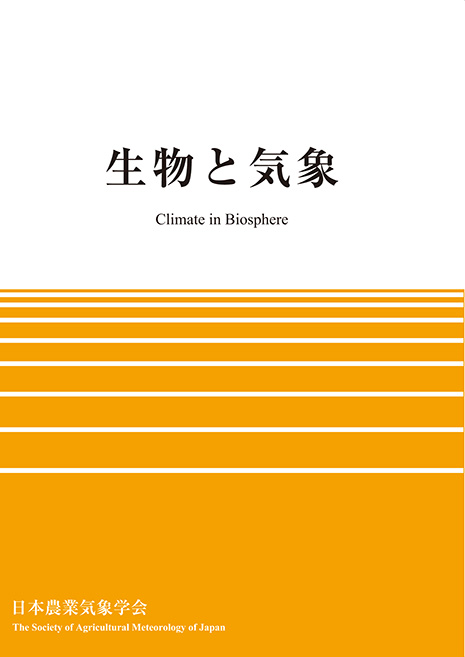Volume 22
Displaying 1-5 of 5 articles from this issue
- |<
- <
- 1
- >
- >|
-
2022 Volume 22 Pages 75-84
Published: October 10, 2022
Released on J-STAGE: October 10, 2022
Download PDF (1820K)
-
2022 Volume 22 Pages 53-57
Published: July 10, 2022
Released on J-STAGE: July 10, 2022
Download PDF (2816K)
-
2022 Volume 22 Pages 1-18
Published: 2022
Released on J-STAGE: January 10, 2022
Download PDF (4702K) -
2022 Volume 22 Pages 58-68
Published: July 10, 2022
Released on J-STAGE: July 10, 2022
Download PDF (945K)
-
2022 Volume 22 Pages 33-38
Published: 2022
Released on J-STAGE: April 10, 2022
Download PDF (993K)
- |<
- <
- 1
- >
- >|
